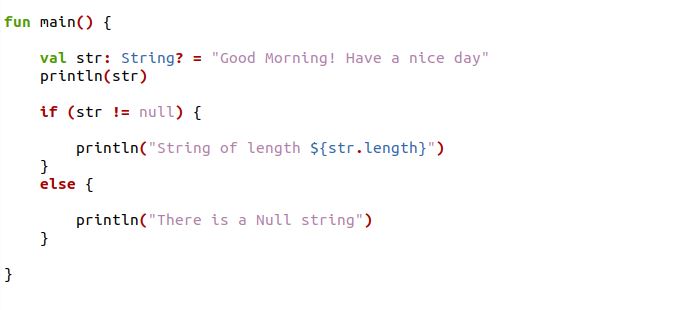

Getting Startedĭownload and unzip the materials for this tutorial using the Download Materials button at the top or bottom of this page. If Android development is new to you, first read through the Beginning Android Development and Kotlin for Android tutorials. That will look like this: String managerName = : This tutorial assumes that you’re already familiar with the basics of Android development and Android Studio. Say Bob belongs to a department, and we want to get the name of the department manager. To prevent an object from taking on a null value, programmers typically resort to doing additional checks like this: String a = null Īnd of course, that's all fine, until we want to do something more complex.

When the above code is run, an NPE will be thrown on line 2 because a null object has no methods. To see how it happens, let's take a look at the piece of Java code below: String a = null In fact, About one third of app crashes can be attributed to NPE.

When developing Android applications in Java, NullPointerException (NPE) was a big problem. At execution time, the reference to object can be void, leading to run-time exceptions (In the case of Java, a NullPointerException) and often abnormal termination of the program. A typical function call is of the form object.func() object denotes a reference to a certain object, and func denotes a function call. In object-oriented languages, access to objects is achieved through references.

Null Safety (or void safety) is the guarantee that no object reference will have a null value. This document explains Kotlin's null safety feature. But I couldn't resist the temptation to put in a null reference, simply because it was so easy to implement.” It was the invention of the null reference…My goal was to ensure that all use of references should be absolutely safe, with checking performed automatically by the compiler.


 0 kommentar(er)
0 kommentar(er)
